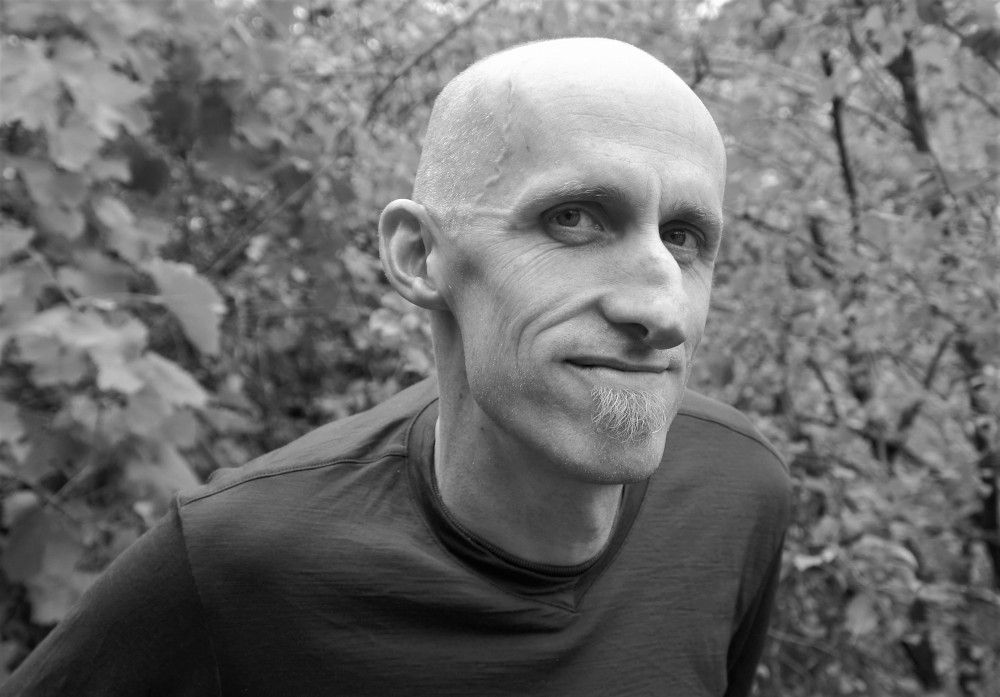
In Poetry and the Fate of the Senses, Susan Stewart writes that the use of caesura or enjambment ‘bring[s] pulse and breath to the poem itself’, at the same time opening ‘the text to the excentric positions of unintelligibility and death’.
Perhaps especially these days, mid-pandemic (if implying ‘middle’ isn’t too presumptuous), we are accustomed to thinking of breath as intimately human, social. Breath as that tide of air we’re custodians of, that enters and departs our bodies, that exposes us to others, and others to us. Breath as both life and death.
When I began the Writing the Future of Health Fellowship at RMIT’s Health Transformation Lab, I was thinking of shared vulnerability and mutual inspiration. I invited twenty-two others to write with me and/or with each other.
For the last few months, this group of disabled, neurodiverse and chronically ill writers have collaborated on poems and essays. We have talked together as a group about our experiences, insights, dilemmas and dreams. We’ve diagnosed society, its systems, and imagined therapeutic futures.
These poems are a small sample. Heather Taylor-Johnson and Rachael Wenona Guy give voice to the uncanny experience of bodily instability in a world built for the (imaginary or rare) normal person. Kerri Shying and Esther Ottaway hold and amplify the small delights and pleasures that are in fact immense. Gemma Mahadeo and Anna Jacobson turn the tables on electroconvulsive therapy, watering a tree of resilence. Angela Costi and Leah Robertson reckon with their own internal others, presences who appear through trauma or the whims of the body.
‘Uncertain Parts‘ by Leah Robertson & Angela Costi
‘My Raucous, Singing Ear‘ by Heather Taylor Johnson & Rachael Wenona Guy
‘Joy to My World‘ by Kerri Shying & Esther Ottaway
‘ECT Tree‘ by Gemma Mahadeo & Anna Jacobson
These are poems of triggering places and shelter, of landmines and weeds, an unfurling and entanglement of voices. Why don’t you join us?









